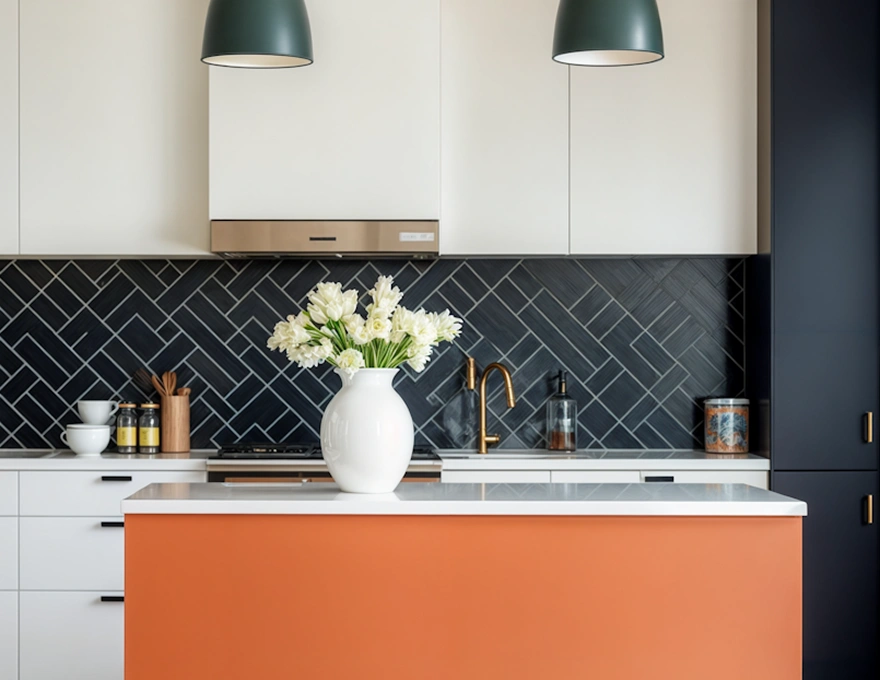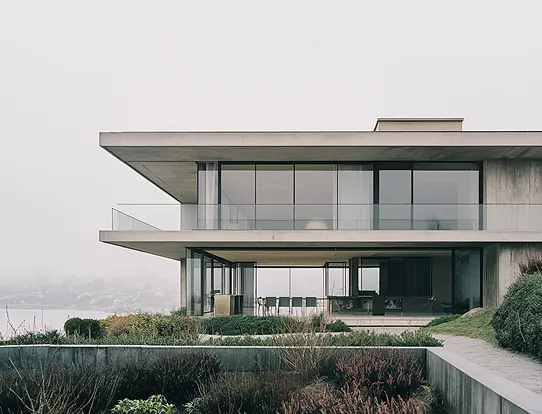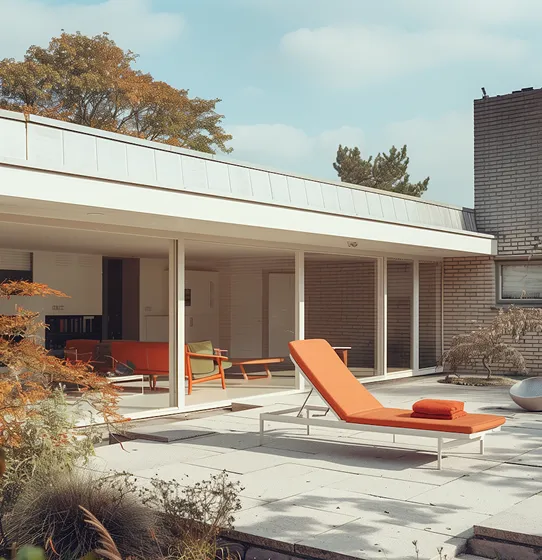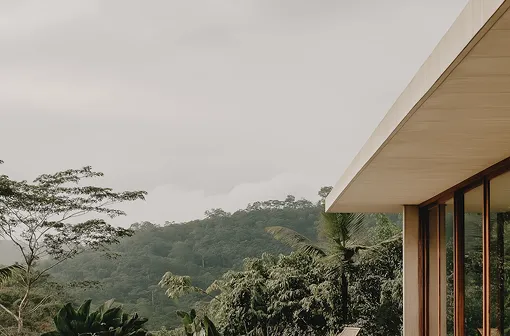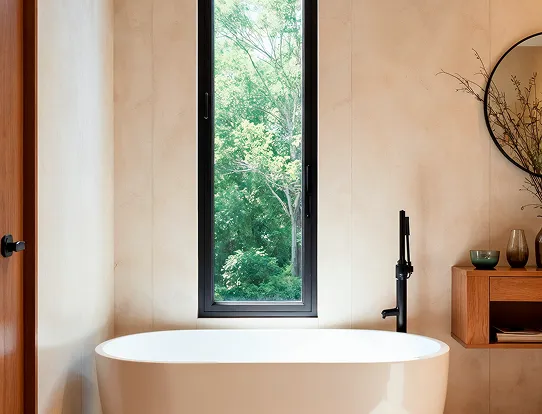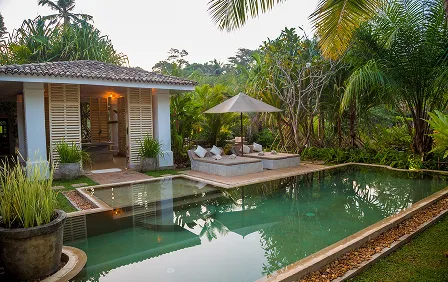
The Blueprint Journal: Stories, Tips, and Design Inspiration
The world of architecture is evolving rapidly, with sustainability taking center stage. In 2025 and beyond, designers are focusing on eco-friendly materials, energy-efficient systems, and innovative urban planning to create spaces that not only inspire but also minimize environmental impact, enhance occupant wellbeing, and foster harmony between nature and modern living.
Green Roofs & Vertical Gardens
Green roofs and vertical gardens transform urban spaces by integrating lush vegetation into building design. They improve air quality, reduce heat, enhance aesthetics, promote biodiversity, and create serene, sustainable environments that connect occupants with nature
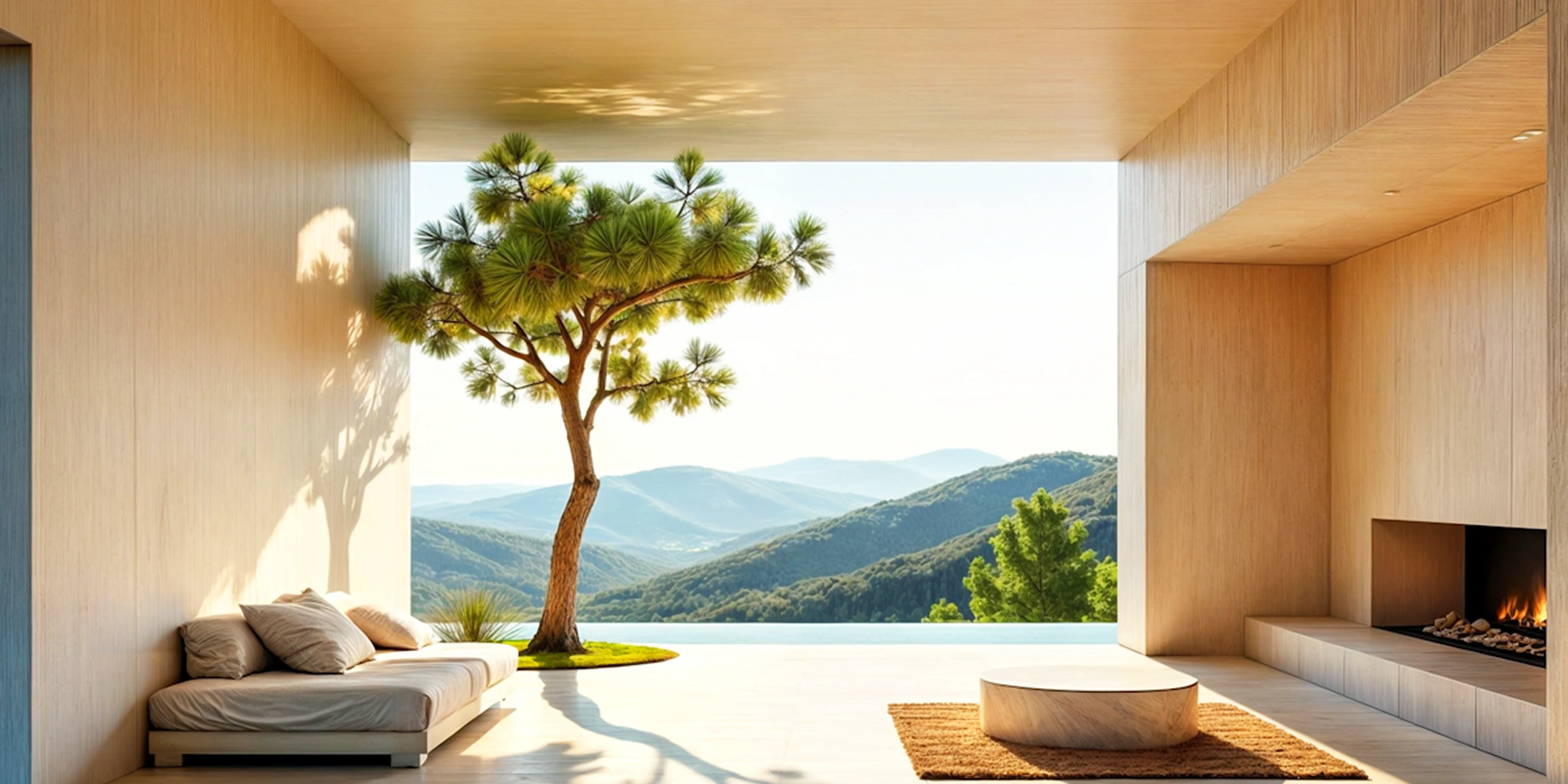
Smart Building Technology
Smart building technology leverages sensors, automation, and AI to optimize energy use, lighting, and climate control. These systems enhance comfort, reduce operational costs, improve sustainability, and create adaptive, efficient spaces that respond intelligently to occupant needs.
Integrating smart systems allows buildings to monitor energy consumption, adjust lighting and temperature automatically, and provide real-time data analytics. This leads to greener, more efficient spaces while improving occupant comfort and reducing environmental impact.
“Working with Modulor was an incredible experience. Their team transformed our vision into a stunning, functional space that perfectly blends creativity, sustainability, and modern design.’’
— Lara Ahmed, Homeowner
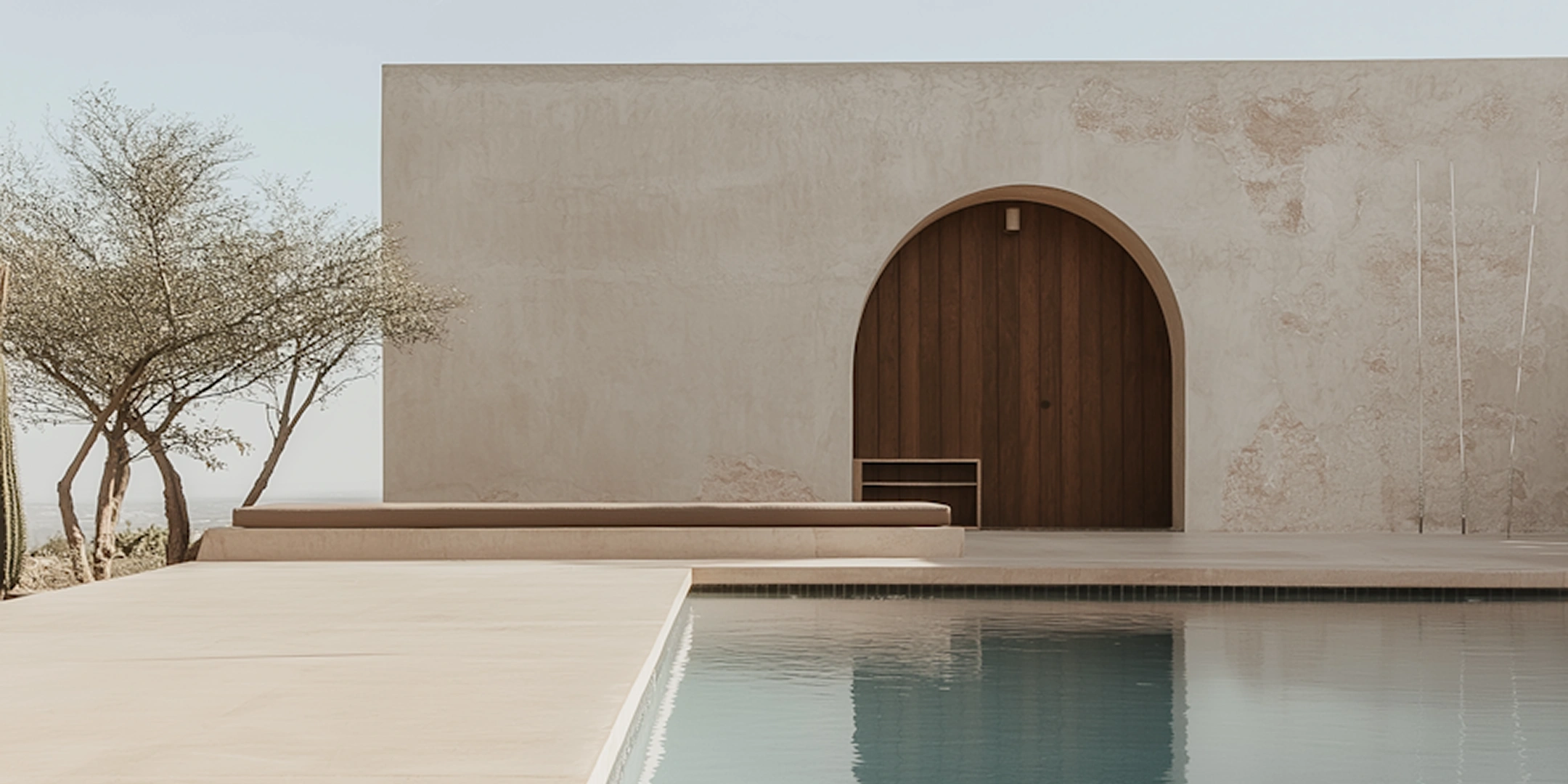
Adaptive Reuse
Adaptive reuse breathes new life into existing buildings by repurposing structures instead of demolishing them. This sustainable approach preserves history, reduces waste, and transforms spaces into functional, modern environments that honor the past while meeting contemporary needs.
Net-Zero Energy Design
“Net-zero energy design focuses on creating buildings that generate as much energy as they consume. By integrating renewable energy systems, efficient insulation, and smart technologies, these structures minimize environmental impact while promoting sustainability and long-term operational savings.
By combining solar panels, energy-efficient appliances, and innovative building techniques, net-zero energy buildings achieve sustainability goals while reducing carbon footprint.
Explore our latest blogs & insights for inspiration
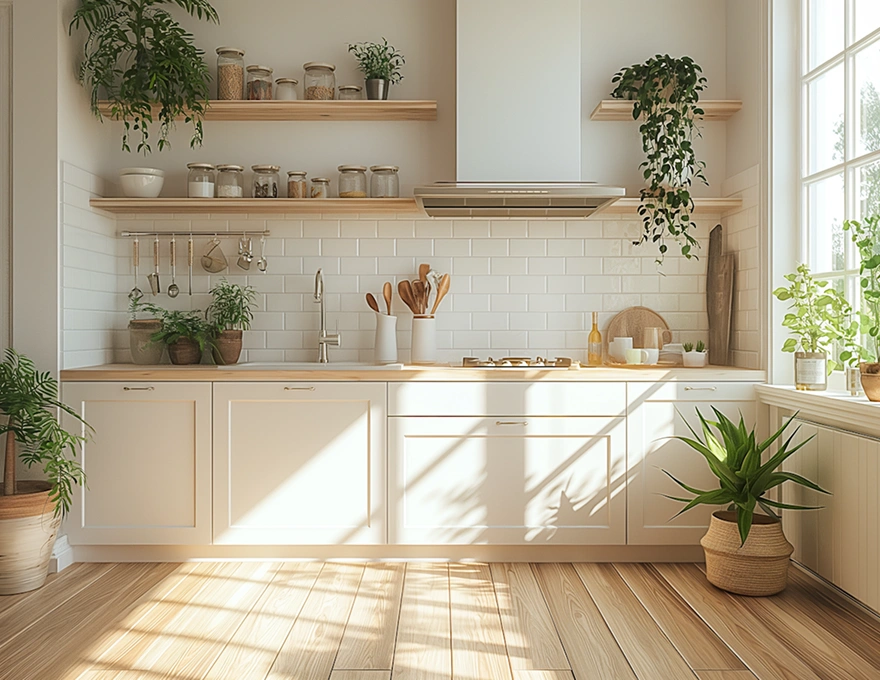

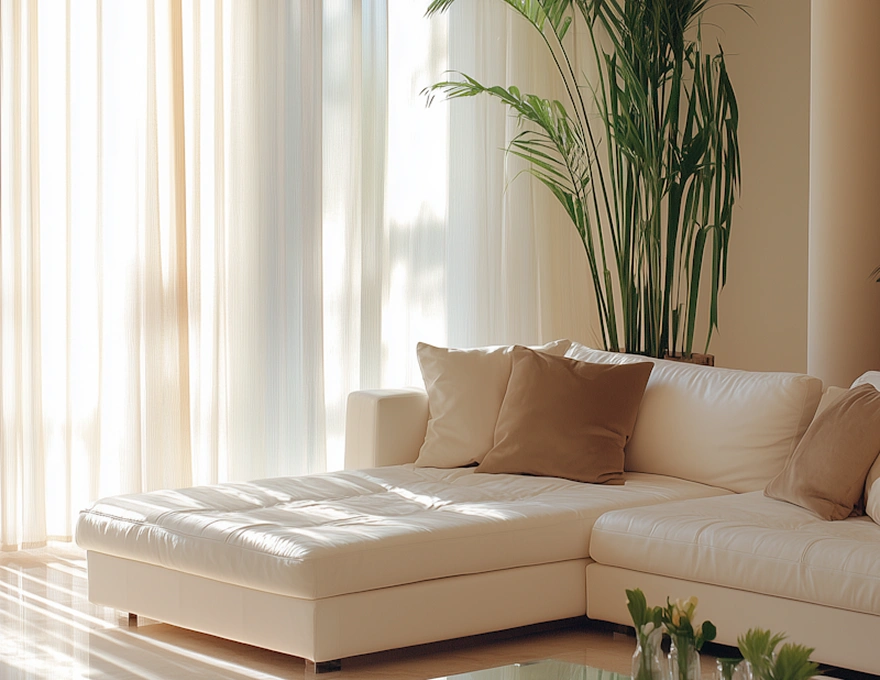

Newsletter Subscribe
Bringing your ideas to life creative, functional, and innovative architectural. Delivering timeless, functional spaces through innovation design excellence.





